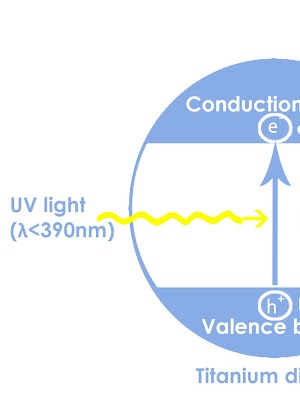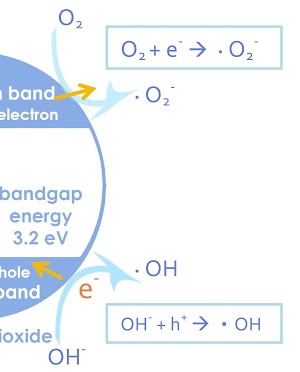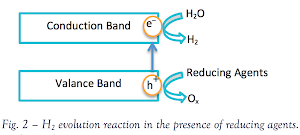Electricity and clean water -things that we easily have access to are unfortunately luxuries for those in underdeveloped countries.
In fact, not only is there a lack of resources in third-world countries, but also the whole world is facing energy crisis and water pollution. My objective is to find an eco-friendly and economical approach to solve both issues.
My device H2PRO relies on photocatalytic reactions to purify and sterilize wastewater and to generate electricity using hydrogen produced. This sustainable process only requires titania and light. What’s more is that organic pollutant doesn’t only get decomposed but will also enhance the reaction rate.




It is composed of 2 parts
- –the upper unit for photocatalytic water-purification and hydrogen-generation, which is connected to a fuel cell and
- the bottom unit for further water filtration.
In conclusion, I have successfully introduced a design for a portable electricity-generation and water-purification unit. Generally speaking, H2PRO has demonstrated its potential to feasibly provide clean water and sustainable energy to the needy ones. I will keep "practicalizing" the electricity-generation unit so that people can really benefit from my design one day.


Question / Proposal
Is it possible to create a portable device that purifies wastewater while generating electricity sustainably and affordably?
This question is raised not only because of the lack of clean water and electricity in third-world countries, but also because we are all facing energy crisis and water pollution. My objective is to find an eco-friendly and economical approach to solve both issues.
Based on what I developed from investigating photocatalysis, I aim to create a device that can put the mechanisms into practice. In photocatalysis, not only water is purified and sterilized, but hydrogen is also produced through water-splitting, which can be used to generate electricity.
The entire sustainable process only needs titania and light-no additional power source is required. However, hydrogen production is generally low since photoexcited electrons tend to fall back to the hole(i.e.photoinduced electron-hole combination). Fortunately, it can be overcome by adding reductants, while some organic pollutants serve such purpose. Hence, I propose to combine the two mechanisms together to enhance the yield and lower the cost of hydrogen generation, meanwhile efficient water purification can also be achieved.
There are similar designs existing, but they require either an excessively complex use of technology or an external energy source, which means they are not sustainable, affordable and manageable for users in underdeveloped countries. Nonetheless, I hypothesize that photocatalysis can be applied in a manageable scale that allows water purification and electricity production to be economically and sustainably performed in a portable device as well as at a household level.

No hay comentarios:
Publicar un comentario
Nota: solo los miembros de este blog pueden publicar comentarios.